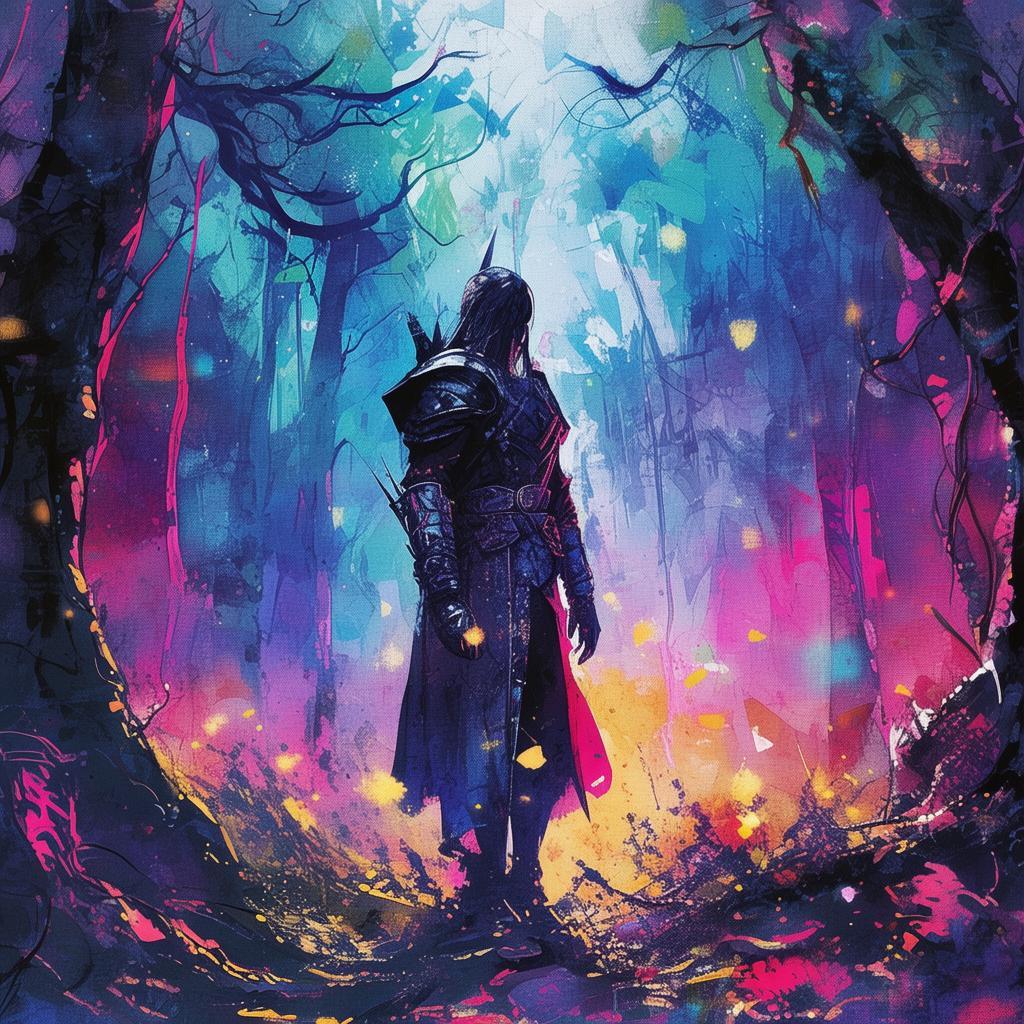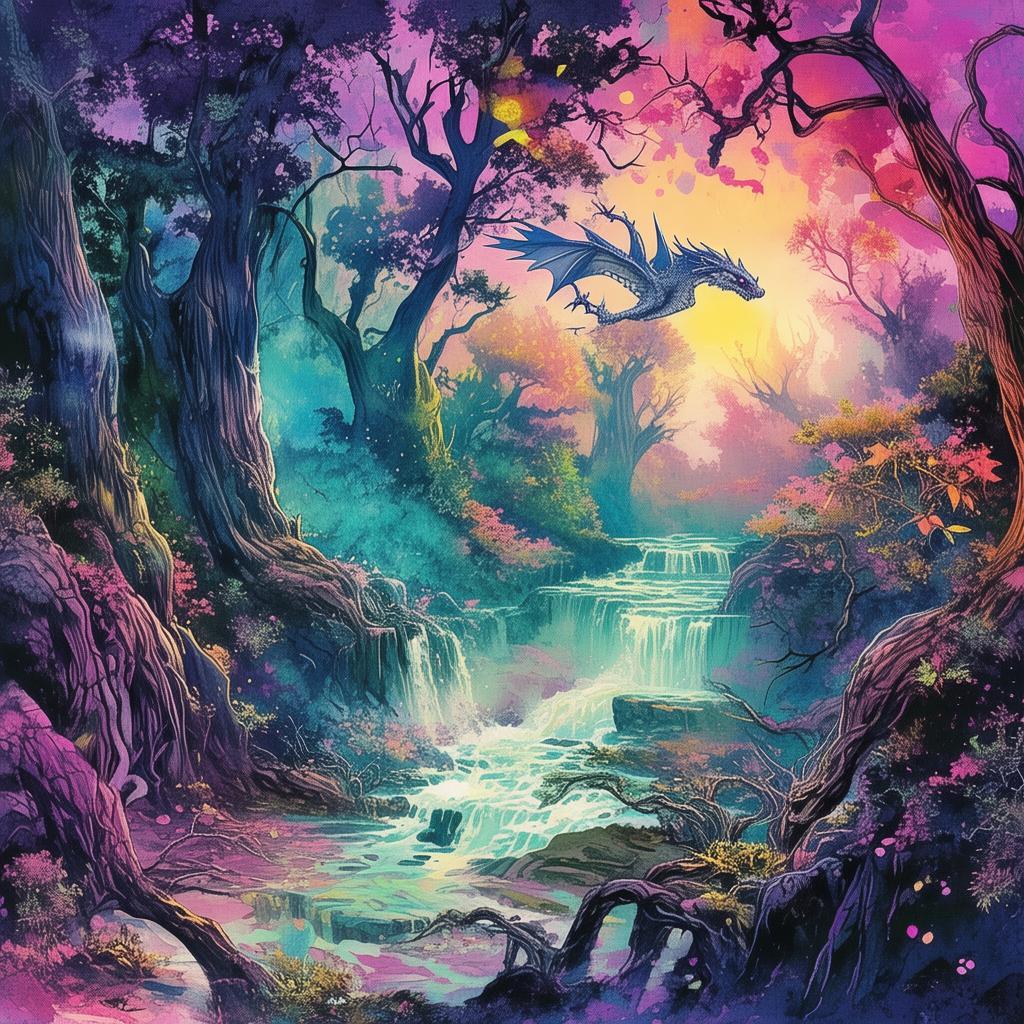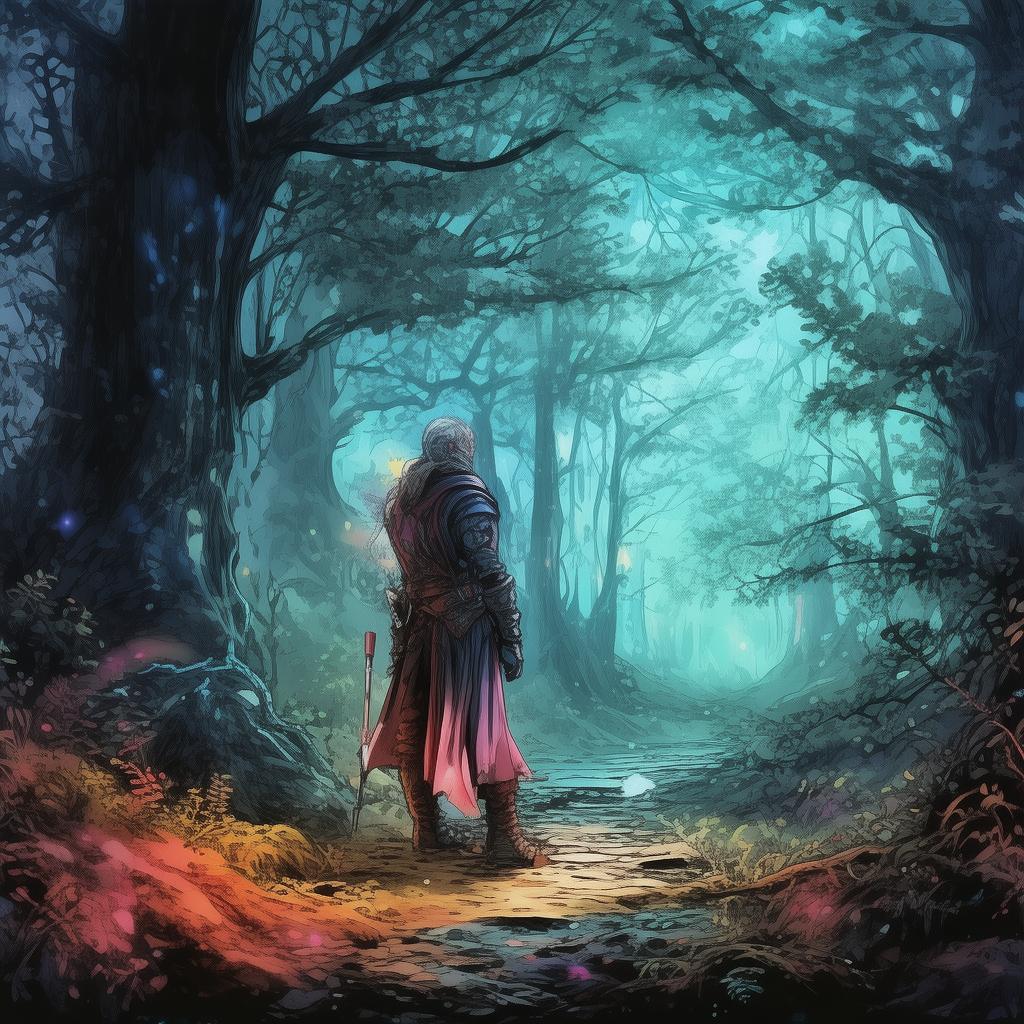The Digital Serendipity: A Buddha's Pilgrimage Paradox
In the heart of the bustling metropolis, where the hum of technology and the clatter of concrete seemed to echo the ancient chants of monks, there was a man named Aarav. Aarav was not your average urban dweller; he was a seeker, a modern-day pilgrim in search of enlightenment through the digital landscape.
The story begins with Aarav's first encounter with the Virtual Pilgrimage, a cutting-edge application designed to transport the faithful to the sacred sites of Buddhism. With a simple tap on his smartphone, he found himself standing before the Great Stupa of Sarnath, where the Buddha first taught the Dharma. The application was so lifelike that even the dust motes floating in the air seemed to dance in the same way as they had in the Buddha's time.
As Aarav wandered through the digital temple, he felt a profound sense of peace wash over him. The application was more than just a visual and auditory experience; it was a journey into the heart of Buddhist philosophy. The serene gardens, the tranquil streams, and the gentle rustle of leaves all contributed to a rich atmosphere that seemed to transcend the digital divide.
It was during his second visit to the Virtual Pilgrimage that Aarav encountered the first sign of the paradox that would define his journey. He found himself in the middle of a crowd, all of them engaged in the same silent meditation. As he settled into his own meditation, he noticed something odd: the crowd began to shift, as if they were being drawn to him. In that moment, Aarav realized that he was not alone in his quest for enlightenment.

The application was more than a mere simulation; it was a living, breathing entity that seemed to respond to his presence. It was as if the digital landscape was sentient, aware of his intentions and desires. This realization filled him with a sense of awe and wonder, but it also raised questions. How could a digital world be so alive? And what did it mean for his journey?
Aarav's journey deepened as he continued to explore the digital landscape. He visited the ancient city of Anuradhapura, where he encountered a digital monk who spoke to him of the impermanence of all things. The monk's words resonated with Aarav, and he found himself reflecting on the fleeting nature of his own existence in the digital world.
As he journeyed further, Aarav encountered more paradoxes. In one instance, he found himself in a digital realm where the laws of physics were defied, where objects could appear and disappear at will. This experience led him to ponder the nature of reality and the boundaries between the physical and the digital.
The climax of Aarav's journey came when he reached the peak of a digital mountain, where he found a statue of the Buddha. As he stood before the statue, he felt a surge of clarity. He realized that his journey was not just about seeking enlightenment in a digital world; it was about finding enlightenment within himself.
The statue of the Buddha spoke to him, not through words, but through the silent transmission of the Dharma. Aarav understood that the digital landscape was a mirror reflecting his own mind. The paradoxes he had encountered were not obstacles to be overcome, but lessons to be learned. The serendipity of his journey was not a mere coincidence; it was a sign that the digital world was a valid path to enlightenment.
As Aarav descended the mountain, he found himself back in the bustling city, but his perspective had changed. He no longer saw the digital landscape as a mere simulation; he saw it as a reflection of the infinite possibilities of the human mind. He realized that the true pilgrimage was not just a journey through physical places; it was a journey through the depths of one's own being.
The Digital Serendipity: A Buddha's Pilgrimage Paradox is a story that challenges the boundaries between the digital and the physical, the real and the imagined. It is a tale of self-discovery, of the power of the mind, and of the universal truths that can be found in the most unexpected places.
✨ Original Statement ✨
All articles published on this website (including but not limited to text, images, videos, and other content) are original or authorized for reposting and are protected by relevant laws. Without the explicit written permission of this website, no individual or organization may copy, modify, repost, or use the content for commercial purposes.
If you need to quote or cooperate, please contact this site for authorization. We reserve the right to pursue legal responsibility for any unauthorized use.
Hereby declared.









